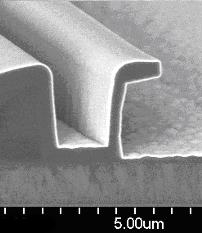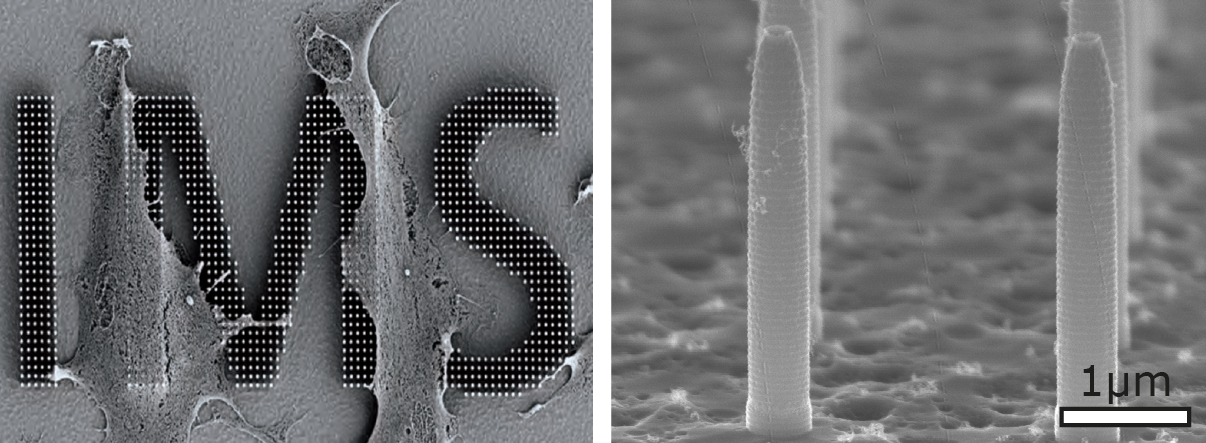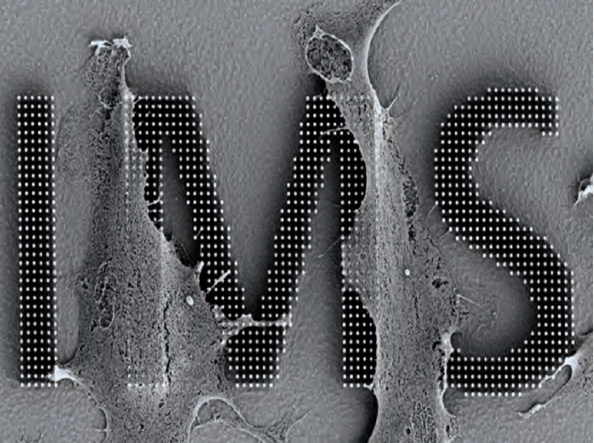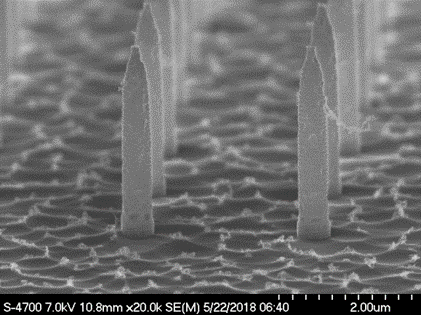
At Fraunhofer IMS it is possible to completely encapsulate active implants, since the ALD processes are adapted to the conformal coating of 3D objects. The materials are chosen in such a way that they are biocompatible and stable in the respective body environment.
It has been shown that the lifetime of active implants in a moist body environment can be increased enormously by additional ALD encapsulation. The advantage over a rigid titanium housing is the small space requirement, which plays a decisive role in the field of extreme miniaturization.
An "intelligent encapsulation" can be achieved by adding a sensory ALD layer. In this way, an encapsulation was developed at Fraunhofer IMS, which independently and equally monitors the entire surface of the implant for damage. This is achieved by continuously monitoring moisture levels within the implant. Another sensory property of ALD layers in this context is pH sensitivity.


